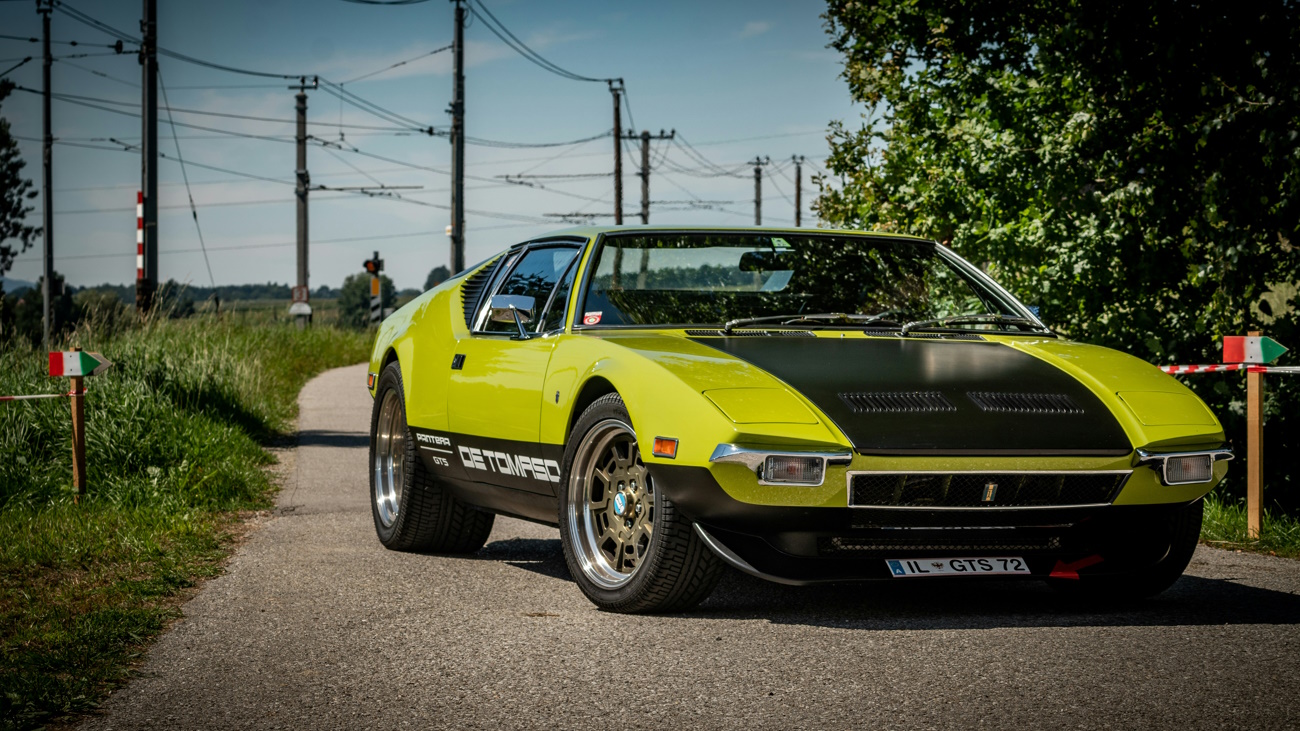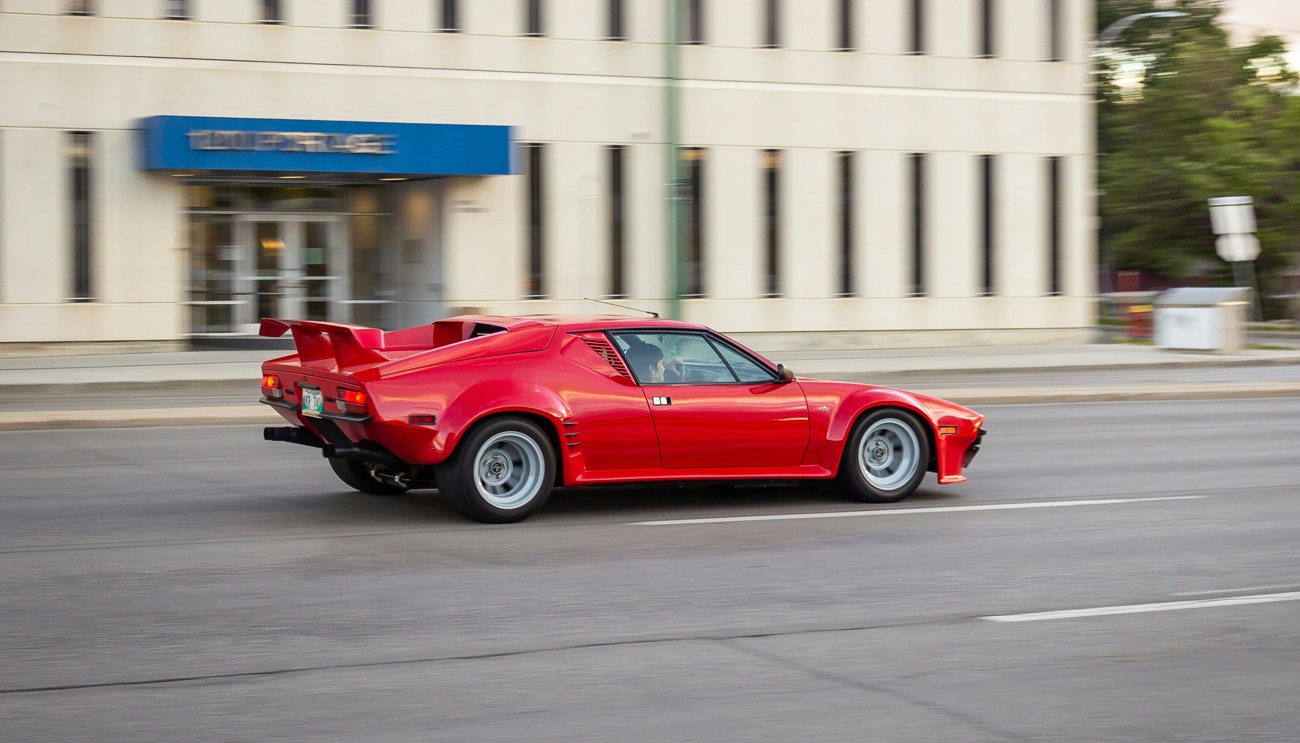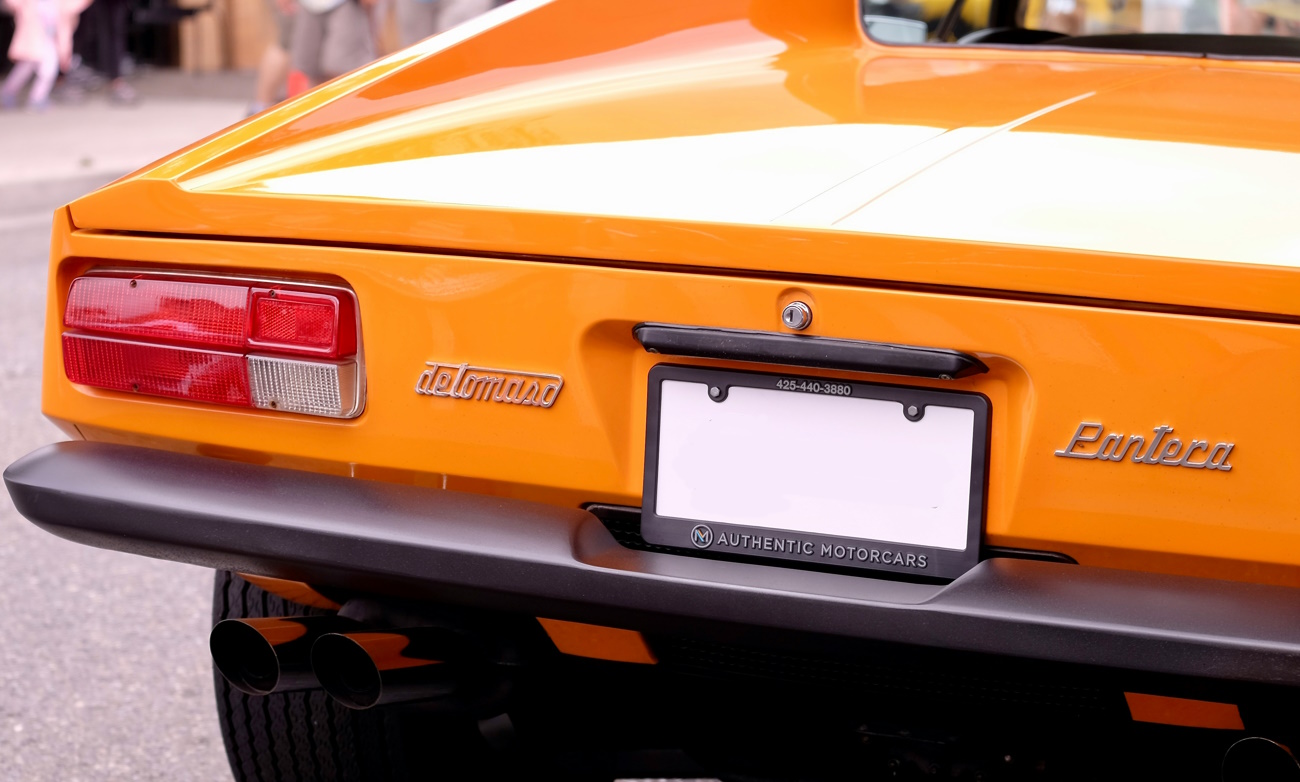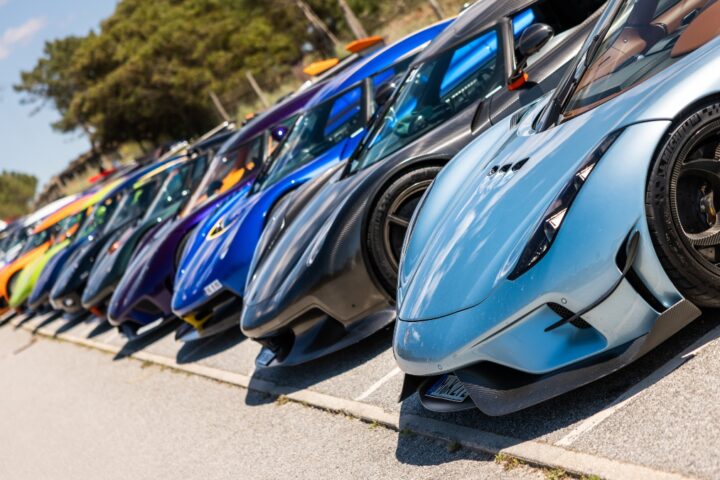TGR Staff – 3/21/2024
The De Tomaso Pantera was a true icon of its time. It was a sports car with Italian styling and American muscle. The car was first introduced in 1971 and quickly became a favorite among car enthusiasts worldwide. The Pantera was a mid-engine sports car with a powerful V8 engine and a sleek, aerodynamic design.
The first few years of production were successful, with the car selling well in the United States. However, in 1975, Ford stopped importing the Pantera to the US, having sold around 5,500 cars. De Tomaso continued to build the car in ever-escalating forms of performance and luxury for almost two decades for sale worldwide.
In the 1980s, gray market importers imported a small number of cars to the US, notably Panteramerica and AmeriSport. These were highly sought after by collectors and enthusiasts alike.
After 1974, Ford discontinued the Cleveland 351 engine, but production continued in Australia until 1982. Once American supplies stopped, De Tomaso started sourcing its engines from Australia. These engines were tuned in Switzerland and were available with outputs up to 360 PS (265 kW; 355 hp).
De Tomaso said the chassis was completely revised in 1980, beginning with chassis number 9000. From May 1980, the lineup included the GT5, which had bonded and riveted-on fiberglass wheel arch extensions, and from November 1984, the GT5-S model had blended arches and a distinctive wide-body look. The GT5 also incorporated better brakes, a more luxurious interior, much larger wheels and tires, and the fiberglass body kit included an air dam and side skirts.
Production of the wide-body GT5 (and similarly equipped narrow-body GTS models) continued until 1985 when the GT5-S replaced the GT5. Although the factory has not made its records available, an analysis based on Vehicle Identification Numbers by the Pantera Owners Club of America (POCA) late model (9000 series) registrar has shown that fewer than 197 GT5 Pantera models were likely to have been built.
The GT5-S featured single-piece flared steel fenders instead of the GT5’s bolted-on fiberglass flares and a smaller steel front air dam. The ‘S’ in the GT5-S name stood for “steel”. Otherwise, the GT5-S was largely identical to the GT5. The POCA 9000 series registrar’s VIN analysis indicates that fewer than 183 GT5-S Panteras were built.
Concurrent GTS production continued on a custom order and was very limited until the late 1980s. In 1990, the 351 engine was replaced by the 5.0-liter Ford 302 engine, featuring electronic fuel injection and modified cylinder heads, intake manifolds, camshafts, valves, and pistons. Stopping power was improved by the addition of four-wheel ventilated and drilled disc brakes with Brembo calipers that were shared with the Ferrari F40.
The Pantera received new styling penned by Marcello Gandini, a suspension redesign, and a partial chassis redesign. The new model was called the Pantera 90 Si, and it was introduced in 1990. The taillights came from the facelifted, first-series Alfa Romeo 33. Only 41 90 Si models were made before the Pantera was finally phased out in 1993 to make way for the radical Guarà. Out of the 41 cars made, two were used for crash testing, and one was reserved for the De Tomaso museum. As such, only 38 were sold to the public, of which four were converted to Targas by Pavesi. In the UK, the model was sold as Pantera 90.
The De Tomaso Pantera was a car that captured the attention of car enthusiasts around the world. Its sleek design, powerful engine, and impressive performance made it a favorite among collectors and racers alike. Although production ended in 1993, the Pantera remains a highly sought after car today, with collectors and enthusiasts always on the lookout for one to add to their collection. The Pantera will always be remembered as one of the greatest sports cars of all time.
























